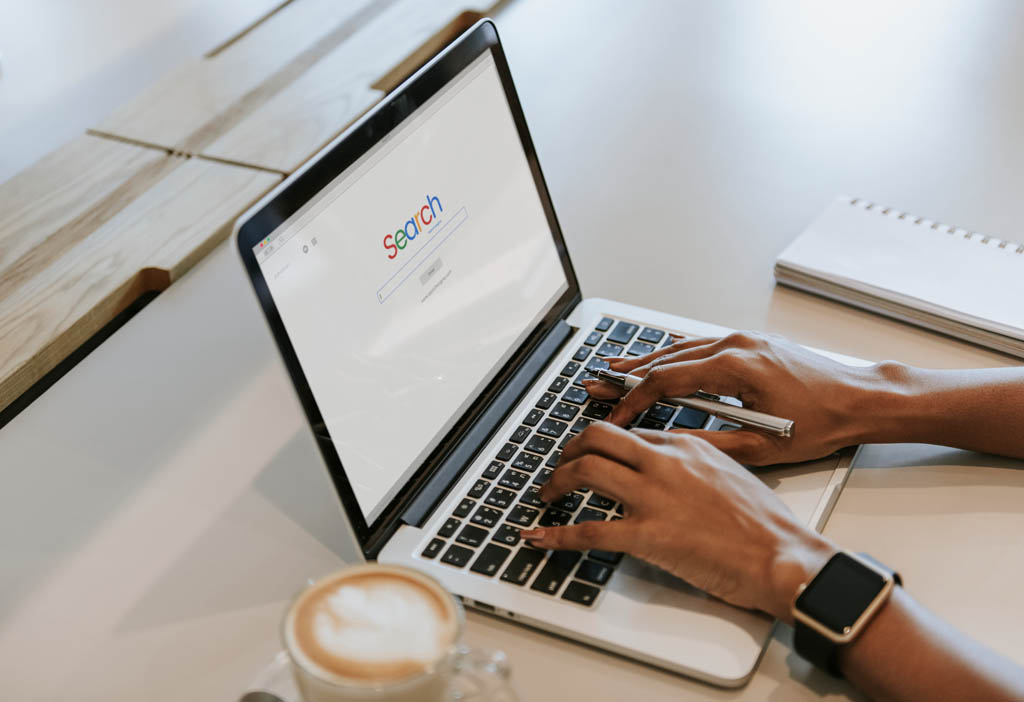
Did you know that 15% of the population may not be able to access your website? Approximately 1 billion people have a type of handicap which prevents them from navigating some websites.
Understanding accessibility is the first step in creating inclusive design. Accessibility design is about removing barriers that may impair all users to fully access websites. In today’s technologically driven world, every person benefits from inclusivity.
Inclusive design makes every web site visitor comfortable regardless of their needs and abilities. L.A. Design Studio not only creates web sites for people with permanent disabilities but for situational and temporary disabilities as well.
Inclusive considerations:
Gender –
First of all, what is the reason for asking a person’s gender? If it’s for marketing purposes, asking a person to state their gender is risking losing a viewer. It’s understandable why users don’t want to share their personal information online. If the gender button is necessary, offer an “other” or “rather not say” option. This is a good choice if a person’s gender is different from the basic genders normally stated.
Images –
Have you heard the saying “A picture is worth a thousand words”? The images displayed on a web page should be as relevant as possible towards your target audience. The images should also be diverse trying to stay away from the norm. For example, instead of having the mother holding the child, the father can be holding the child. A person in a wheelchair can be throwing a frisbee with a dog on his lap. Two women can be playing football. The list goes on.
Inclusive User Interface-
Create an interface that works with a keyboard first using a non-touch, non-mouse, and non-visual approach. The screen reader should be able to access the entire website and then, visual effects are added.
Color-
Color is another important element to consider when developing a web site. Administering a good color contrast is the key to developing an easily viewed page by all persons. Color should be implemented to enhance the usability of a page. It should not be used to understand the flow of the design. Design elements are added to increase the visibility of important features of the web page such as adding color to charts and buttons and underlining links.
Less is More –
Do not overcrowd the screen with useless text and imagery. There is nothing wrong with negative space and it can enhance the messaging. Web pages that are too busy are difficult to navigate and there is risk of losing a potential customer.
Don’t generalize –
Don’t make assumptions based on the way the general public views things. It’s important to remember that not every body thinks the same way. Try to consider how others may be impacted. The idea is to include as many people as possible.
It makes sense to follow an inclusive web design, because the more people you reach, the more potential customers you can connect with. Design products for as many people as possible. Great inclusive design makes the world wide web better for everyone.

